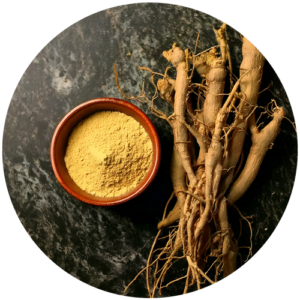

ASHWAGANDHA
Withania somnifera L. Toning
Toning  Sexual health
Sexual health  Sleep
Sleep  Sports performance
Sports performance  Cognitive function
Cognitive function  Anti-stress
Anti-stress Ashwagandha roots, an adaptogen rich in withanolides, supports resistance to stress, vitality and emotional balance.
Regulations
and analysis
Identification : TLC
Traditional use
Canadian monograph :
- Traditionally used in Ayurveda to reduce general weakness, as a sleep aid and to improve memory.
WHO monograph :
- Used as a general tonic.
- Used for the respiratory tract, sexual health and indigestion.
Association ideas by health benefice
Select one or more axes:

POPPY
Papaver rhoeas L.
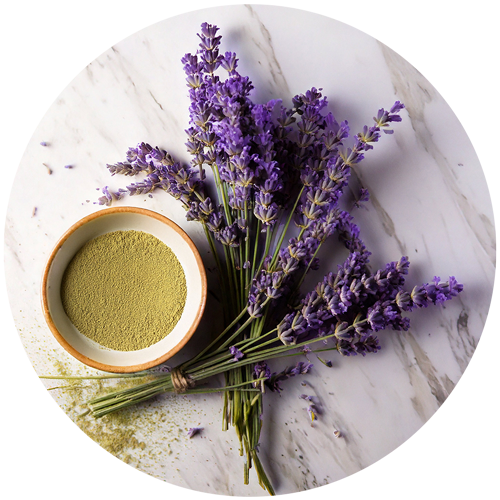
LAVENDER
Lavandula angustifolia Miller
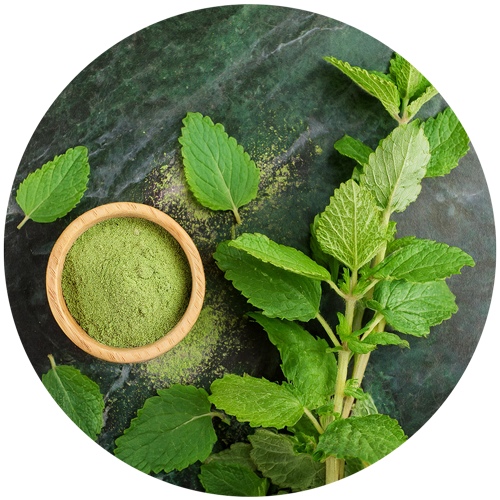
LEMON BALM
Melissa officinalis L.
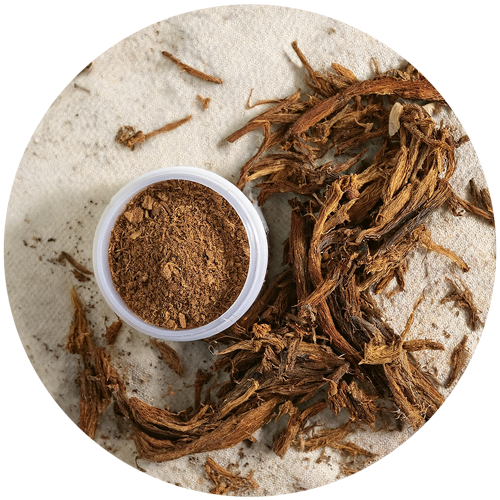
VALERIAN
Valeriana officinalis L.
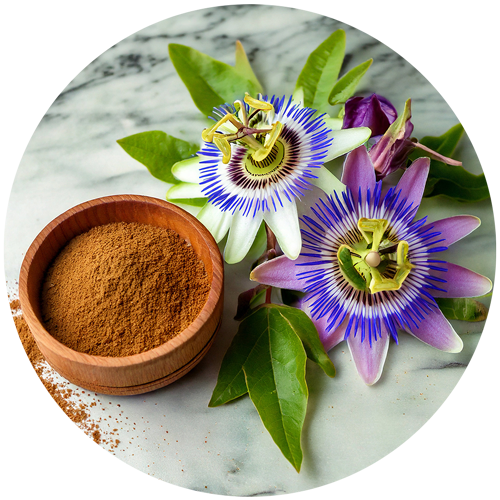
PASSIONFLOWER
Passiflora incarnata L.
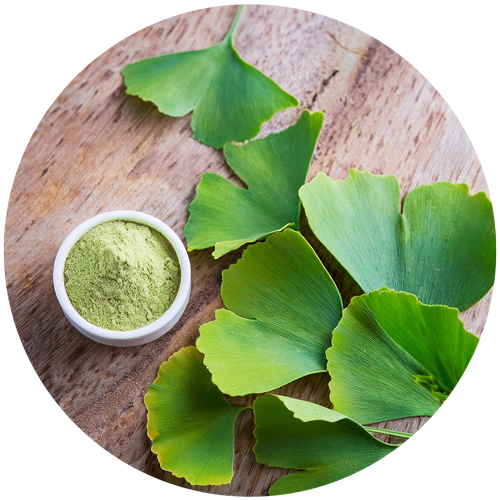
GINKGO BILOBA
Ginkgo biloba
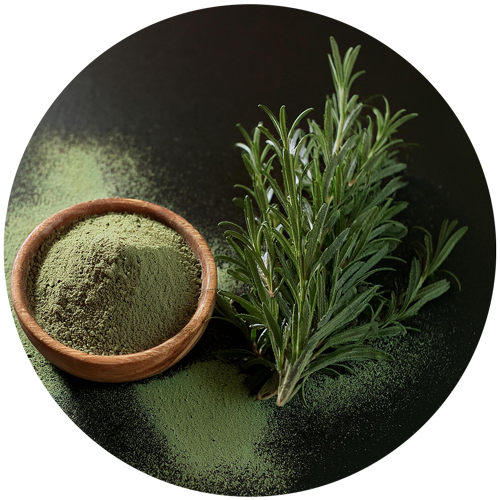
ROSEMARY
Rosmarinus officinalis L.
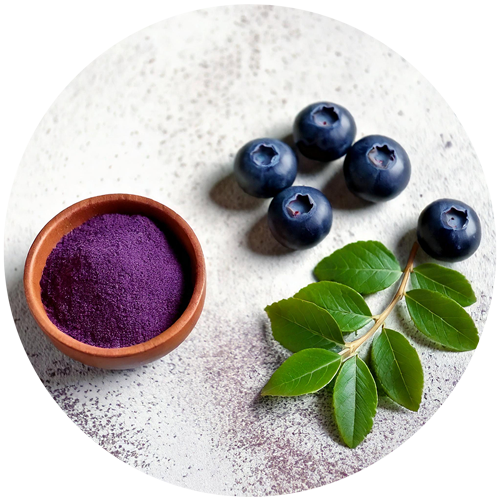
BILBERRY
Vaccinium myrtillus L.
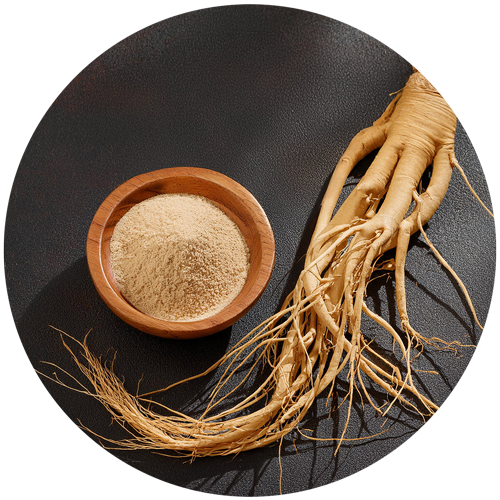
GINSENG
Panax ginseng C.A. Meyer
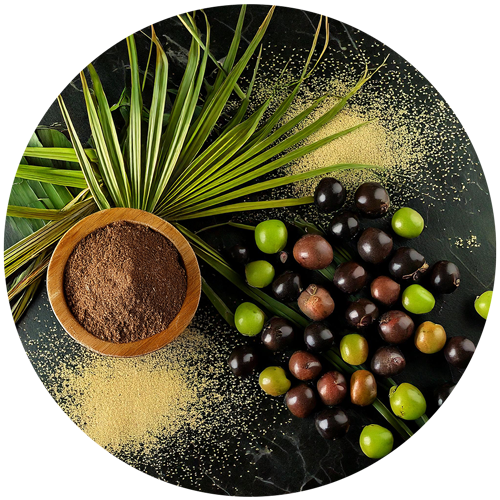
PALMETTO
Serenoa repens L.
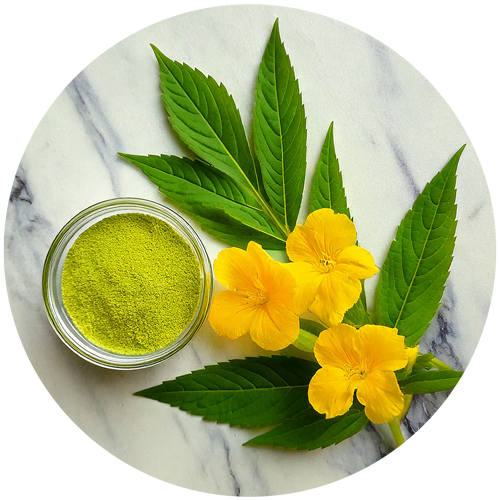
DAMIANA
Turnera aphrodisiaca Ward. syn. diffusa Wild
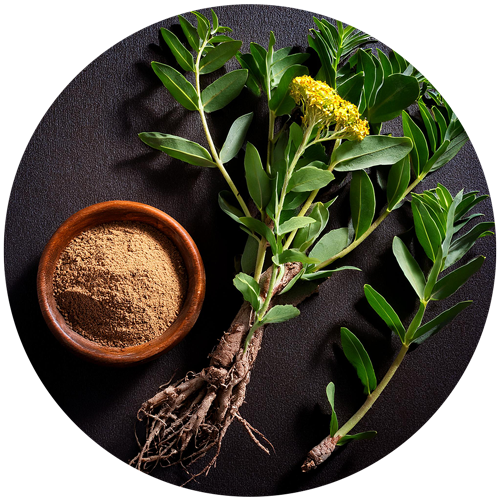
Rhodiozen – Preserving your physical and mental well-being.
Rhodiola rosea L.
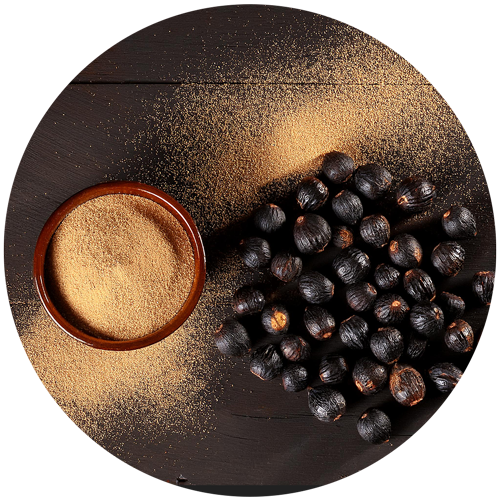
GUARANA
Paullinia cupana Kunth
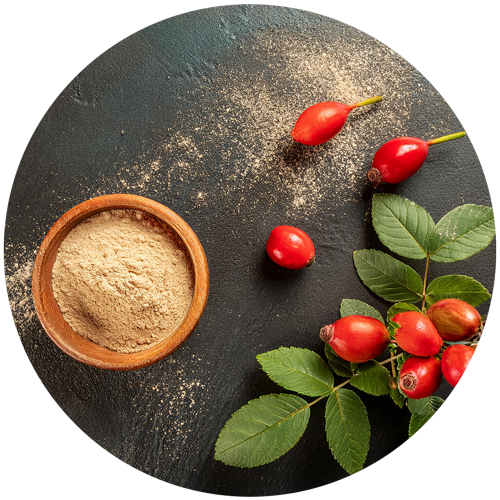
DOG ROSE
Rosa canina L.
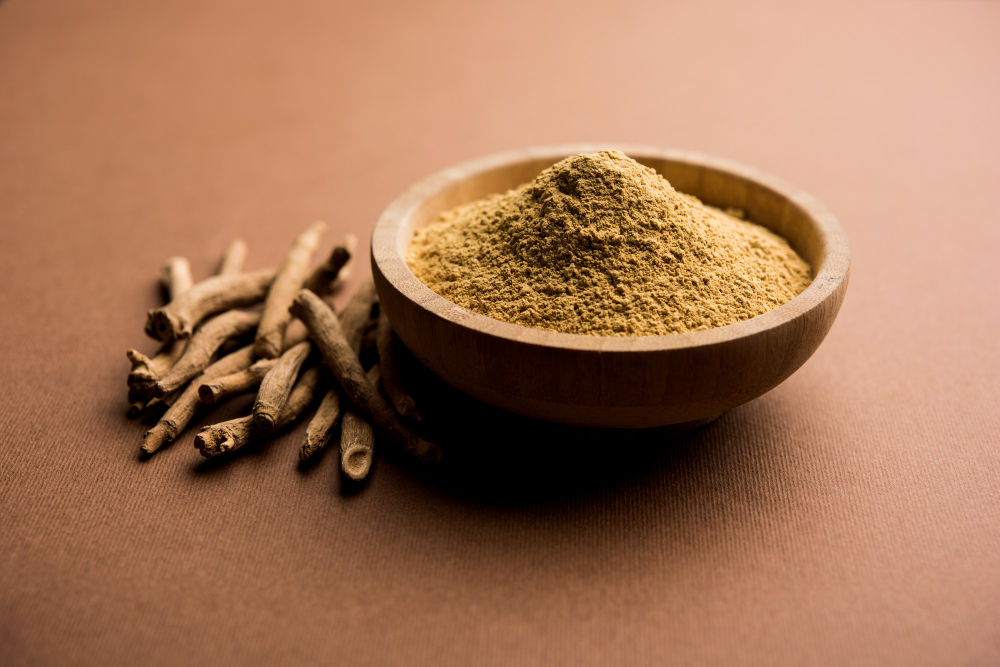
Detailed description
Ashwagandha, Withania somnifera, also known as Indian ginseng, is an adaptogenic plant emblematic of the Ayurvedic tradition. Native to the dry regions of India, North Africa and the Middle East, its root has been used for centuries to support physical and mental balance.
Ashwagandha roots contain a wide variety of bioactive compounds, mainly withanolides, alkaloids (withanine, somniferin) and sitoindosides. These compounds are recognized for their antioxidant properties and their role in supporting overall vitality.
Ashwagandha is traditionally used to help manage stress and support concentration, stamina and emotional balance. It has also been studied for its effect on modulating immune responses and cognitive functions.
Studies highlight its role in reducing oxidative stress markers and supporting metabolic functions. Thanks to its adaptogenic profile, ashwagandha is now a central ingredient in formulations dedicated to general well-being.
